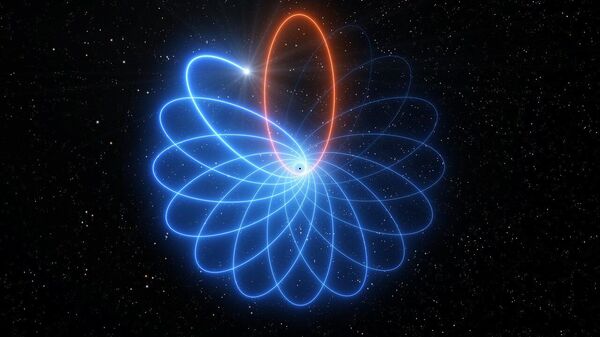S2 is located near Sagittarius A*, a very compact astronomical radio source with a huge mass at the centre of our galaxy, which is believed to be a black hole.
"Einstein's General Relativity predicts that bound orbits of one object around another are not closed, as in Newtonian Gravity, but precess forwards in the plane of motion ... One hundred years later we have now detected the same effect in the motion of a star orbiting the compact radio source Sagittarius A* at the centre of the Milky Way. This observational breakthrough strengthens the evidence that Sagittarius A* must be a supermassive black hole of 4 million times the mass of the Sun", Reinhard Genzel, Director at the Max Planck Institute for Extraterrestrial Physics, said on Thursday.
Rumour has it that ESO Gravity has now seen the Schwarzschild precession of the S2 star around our supermassive black hole, Sgr A*. Wow!
— Joss Bland-Hawthorn (@JossBlandHawtho) April 14, 2020
(One of Einstein's finest moments was to explain the orbit of Mercury in this way, now detected in most planets.)https://t.co/tX92R1wn4t pic.twitter.com/o0IzzU23CY
The discovery has been made with the Very Large Telescope of the European Southern Observatory in Chile.
Einstein's general relativity theory, presented in 1915, explained the anomalous perihelion advance of the Mercury, the first discovered celestial object whose orbit could not be correctly described by the Newtonian physics.


